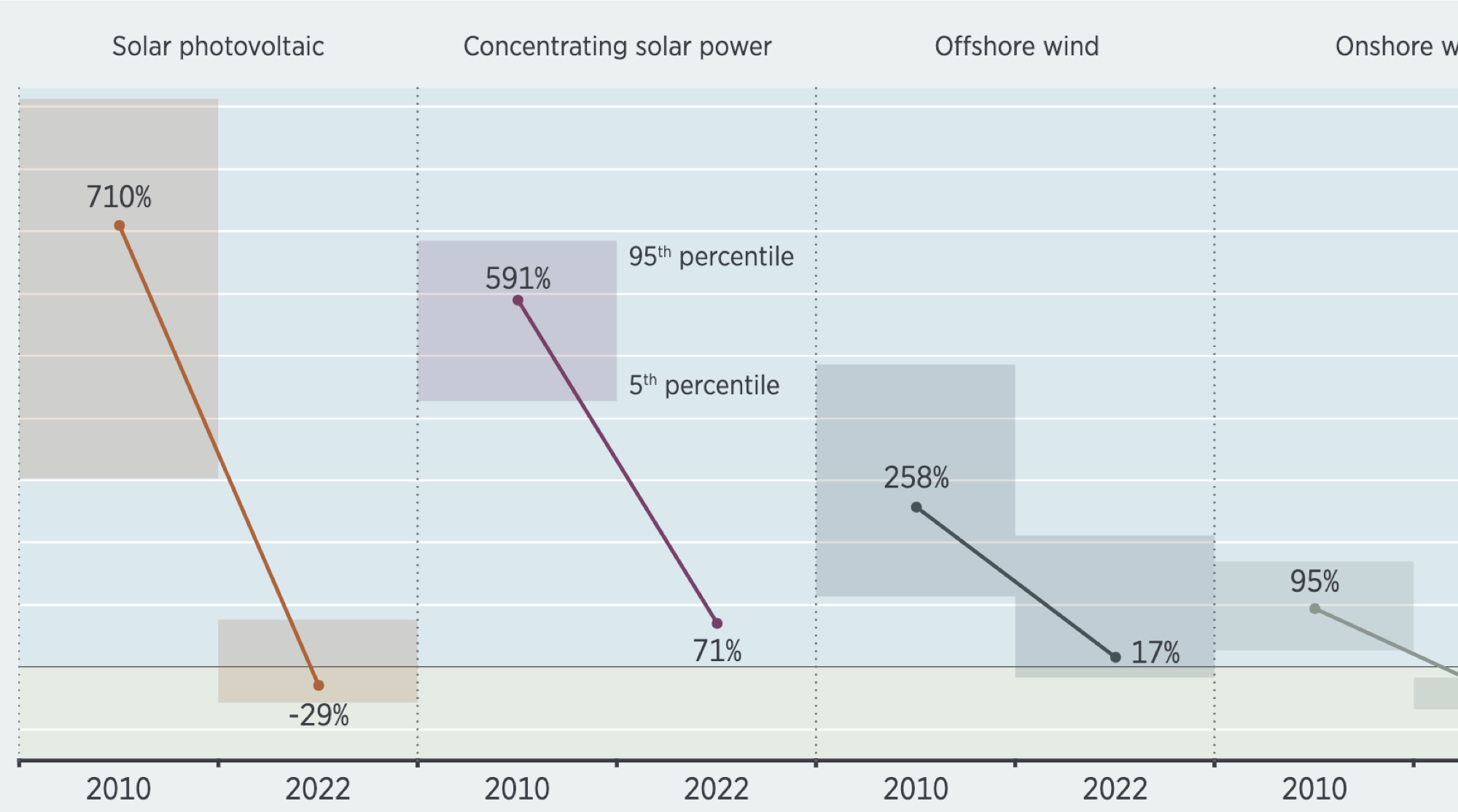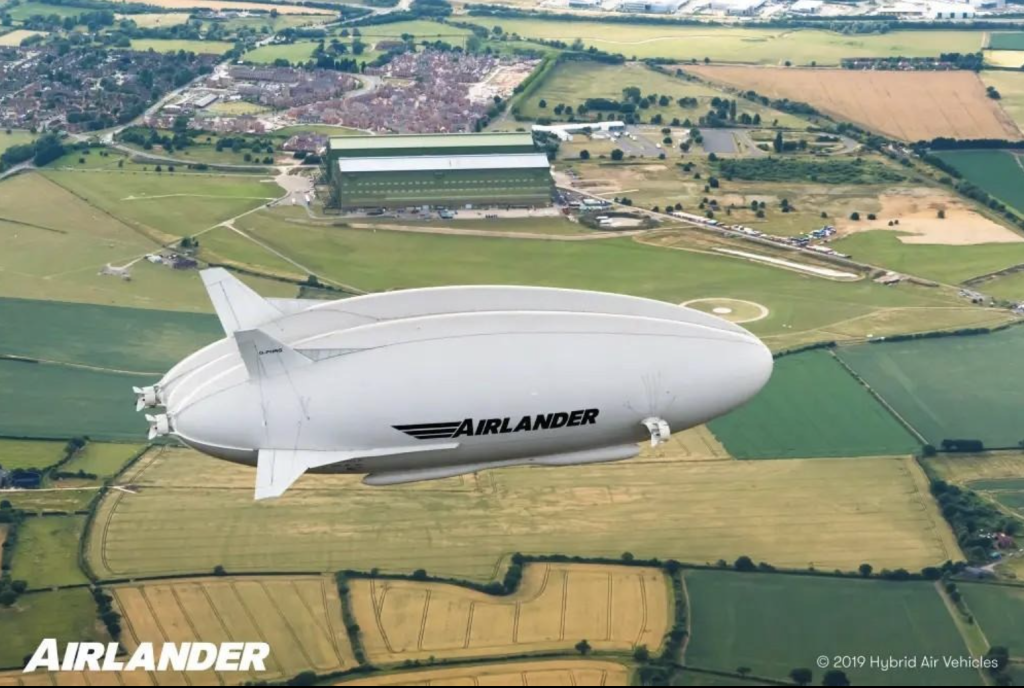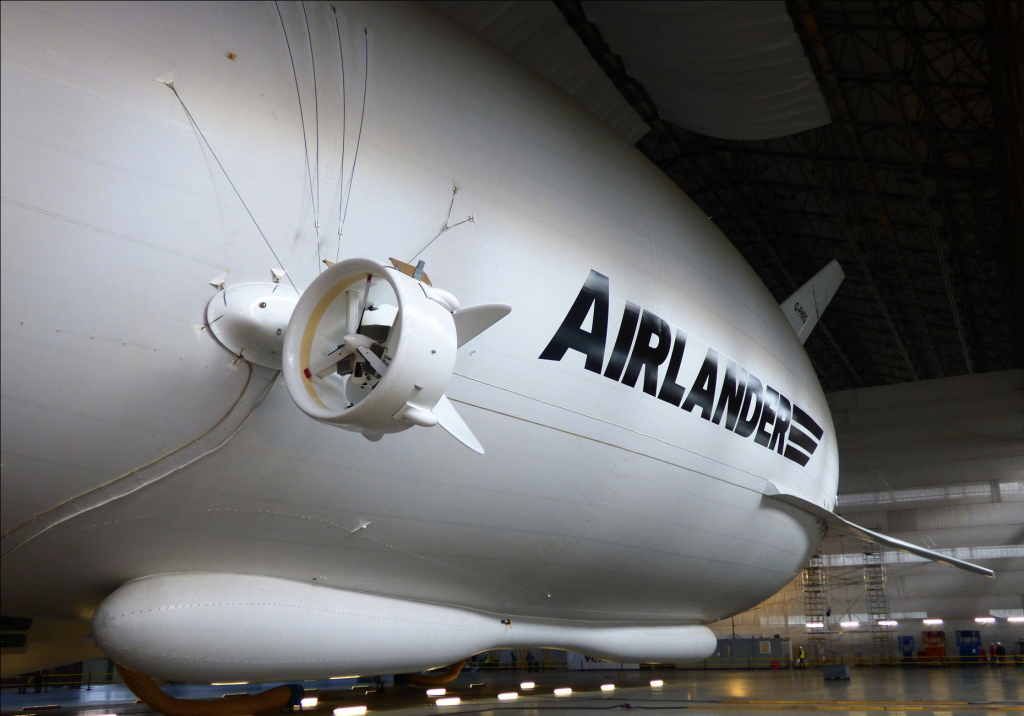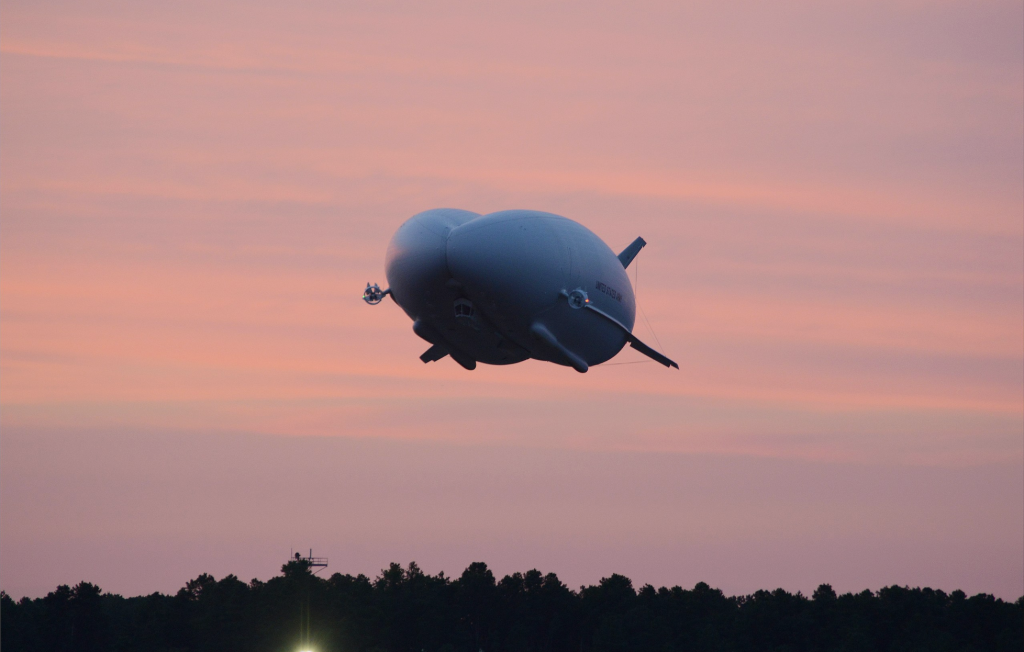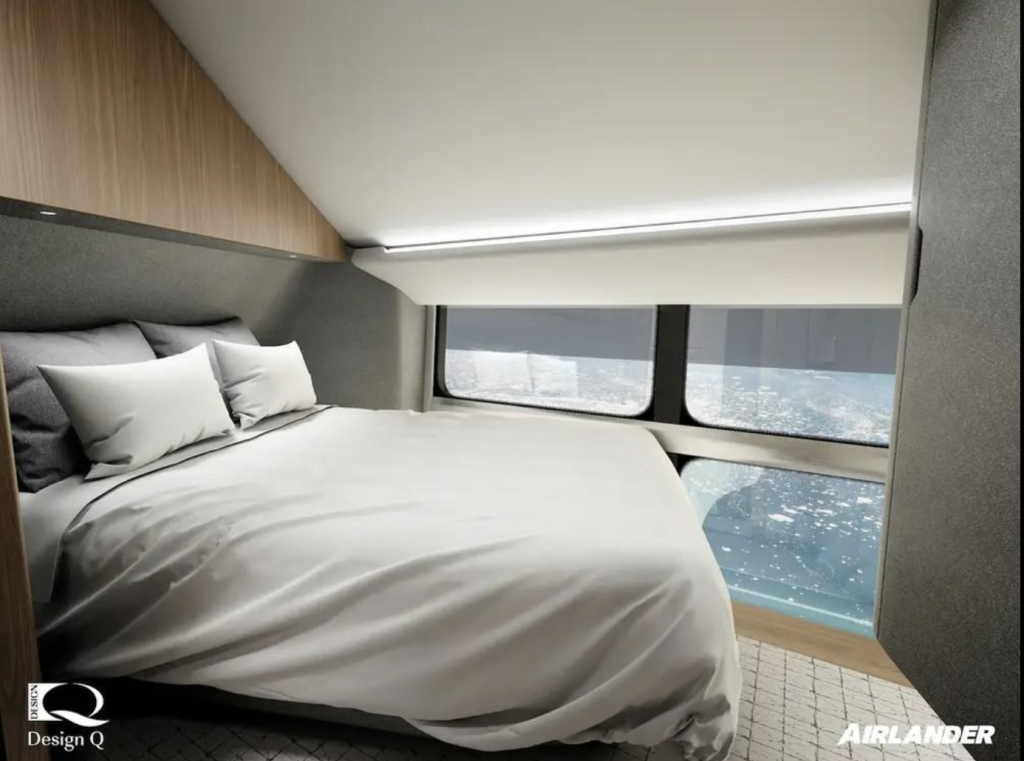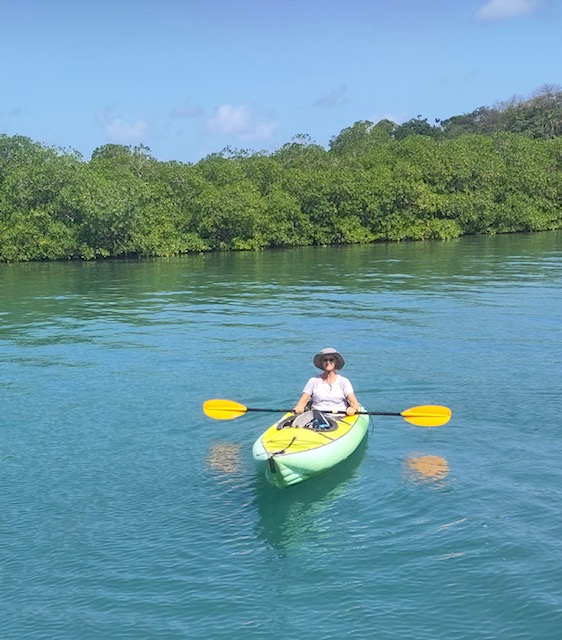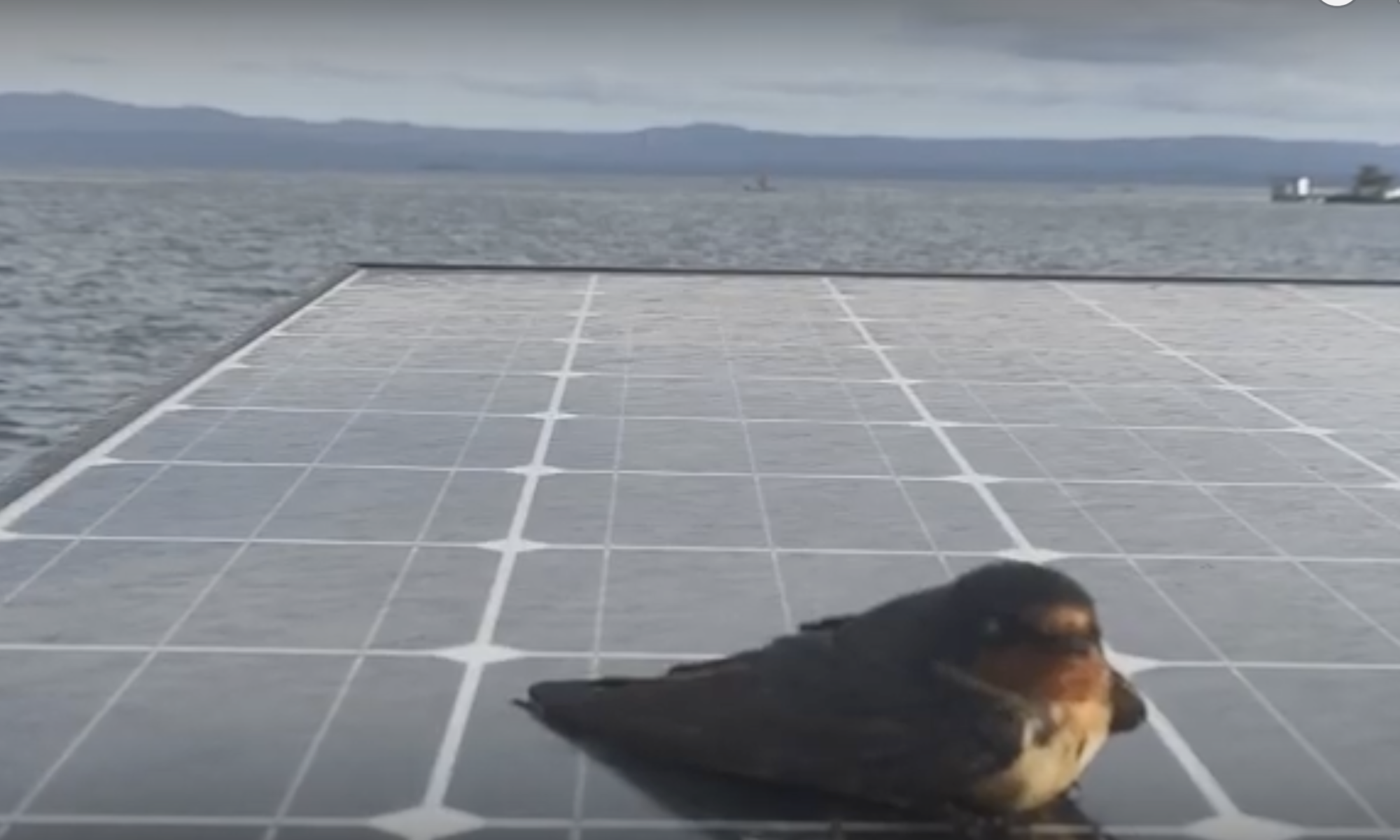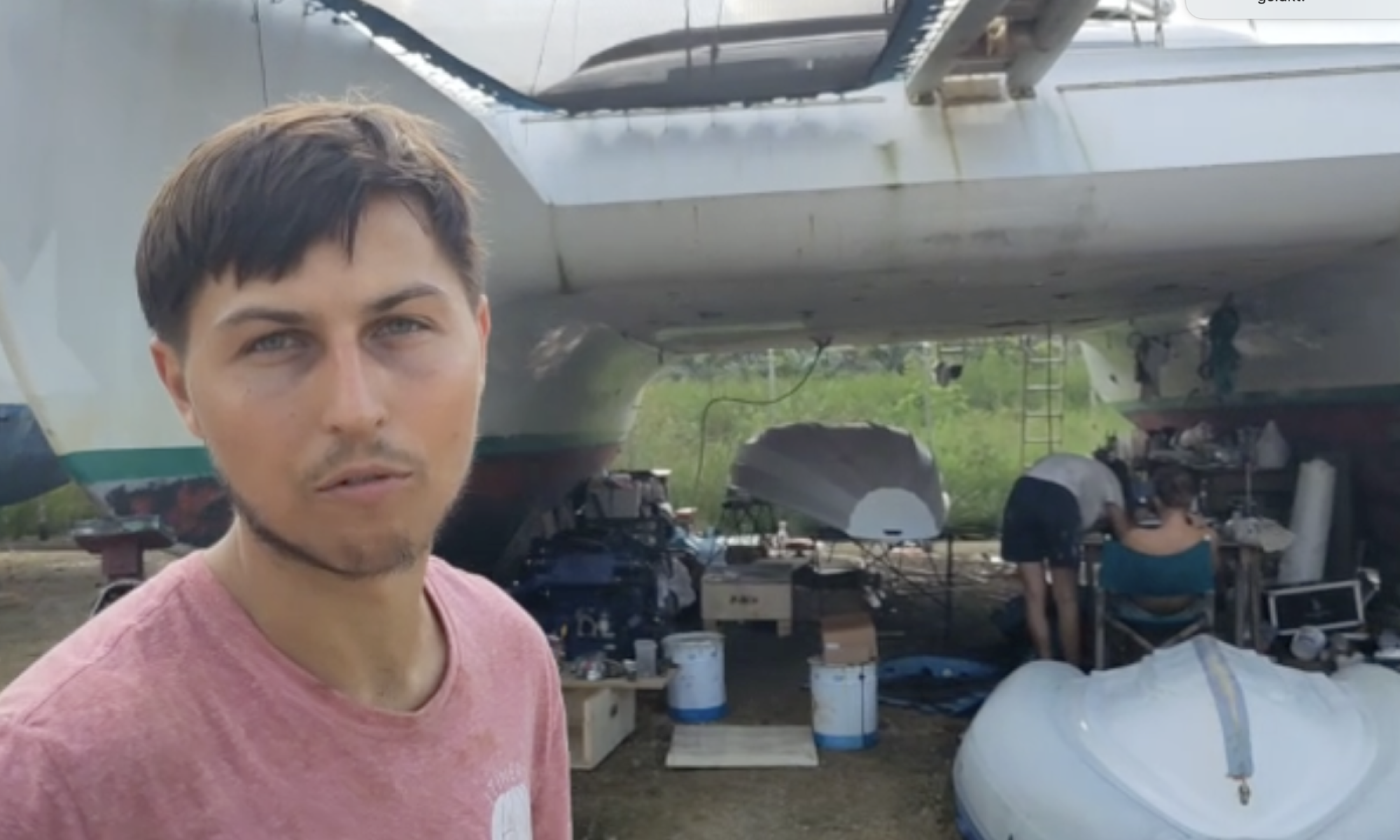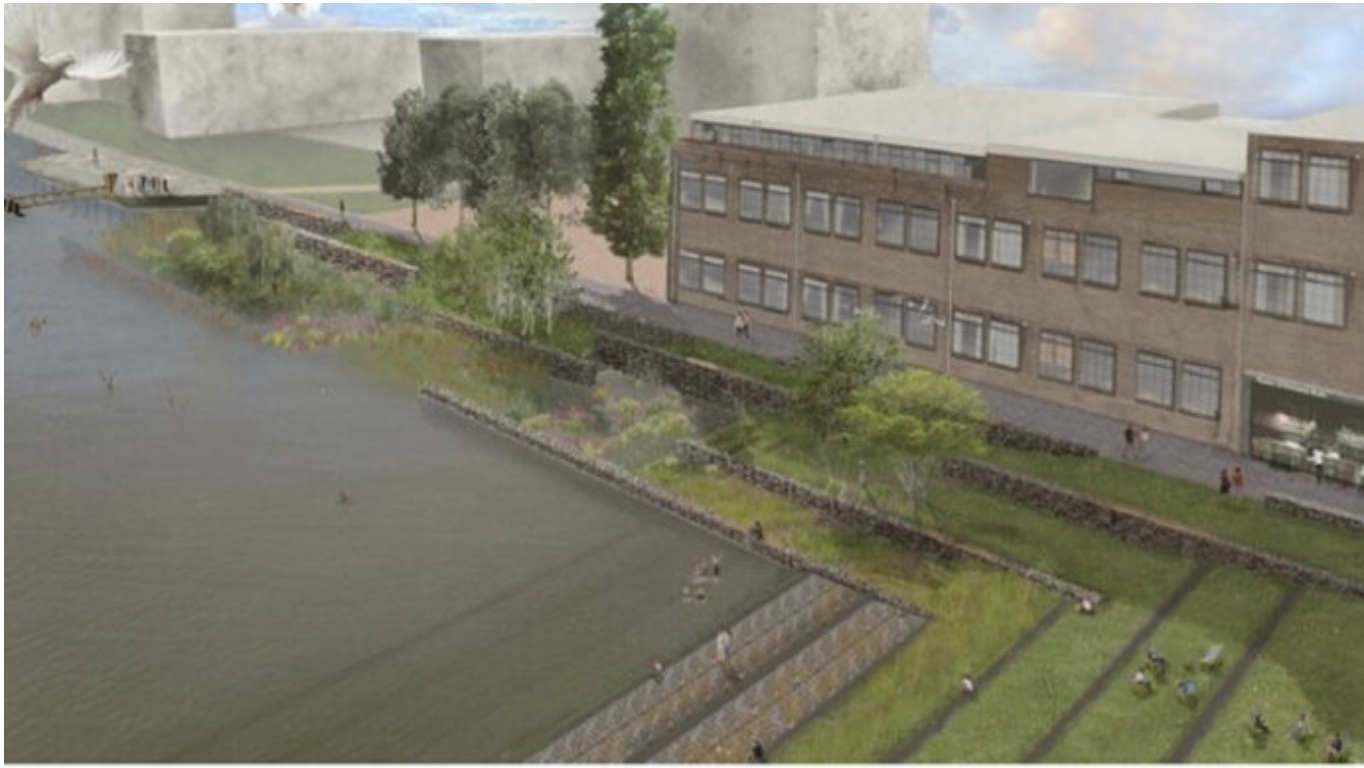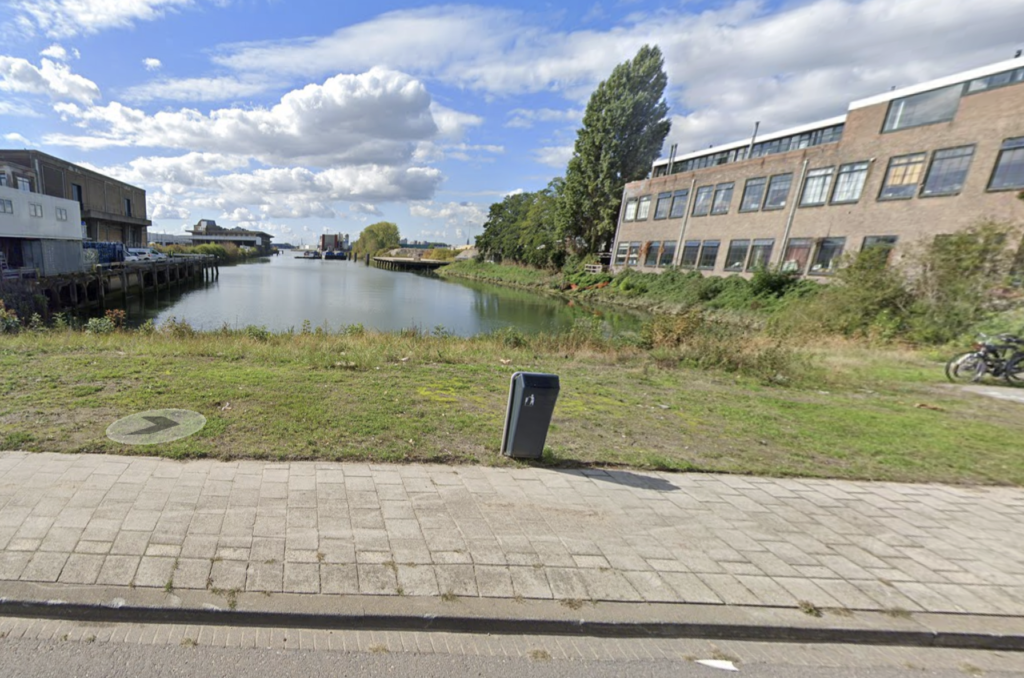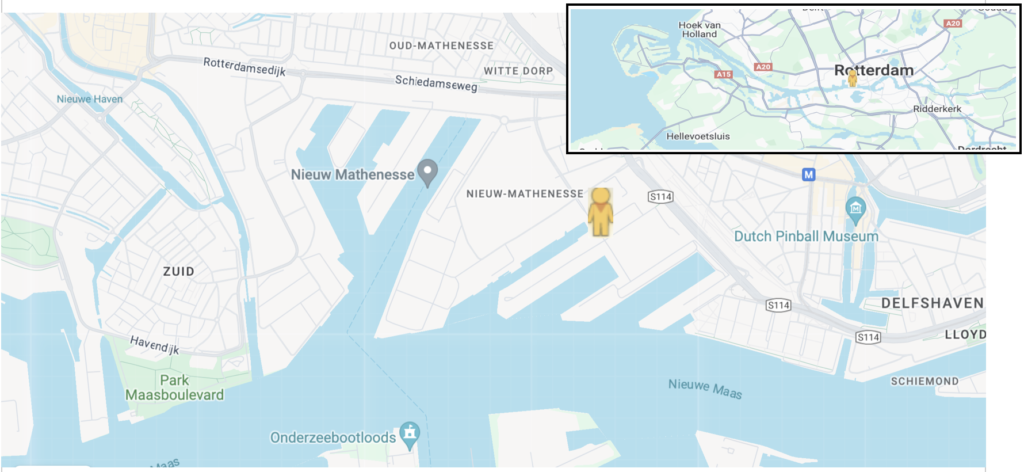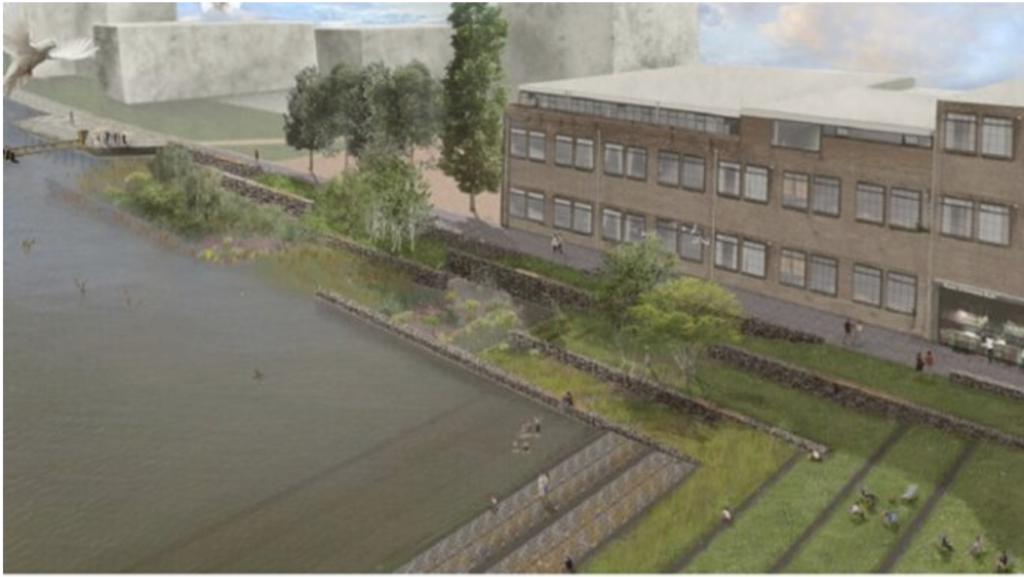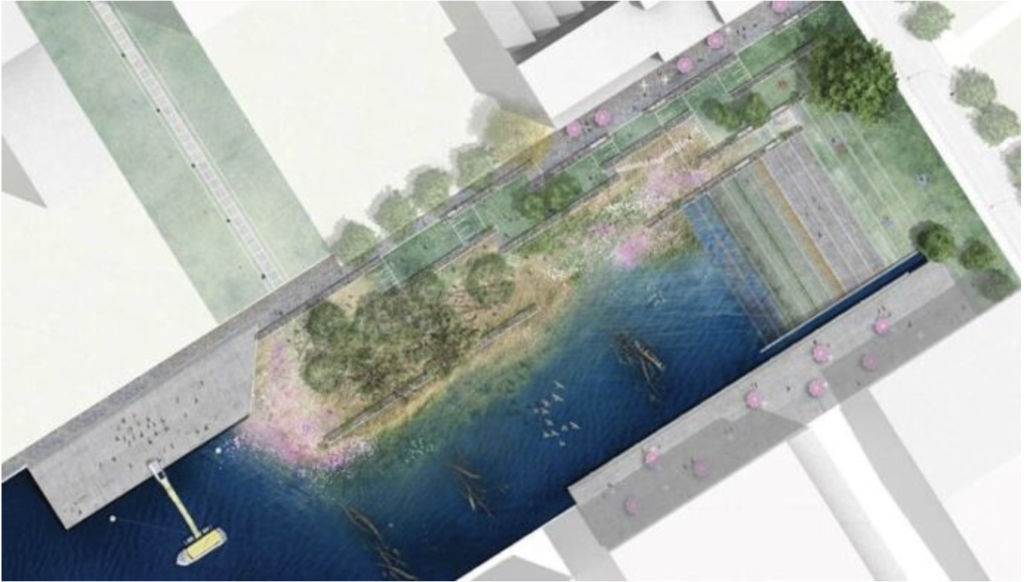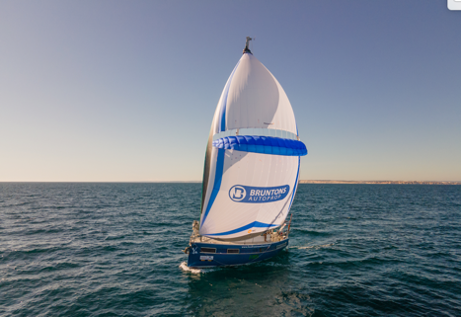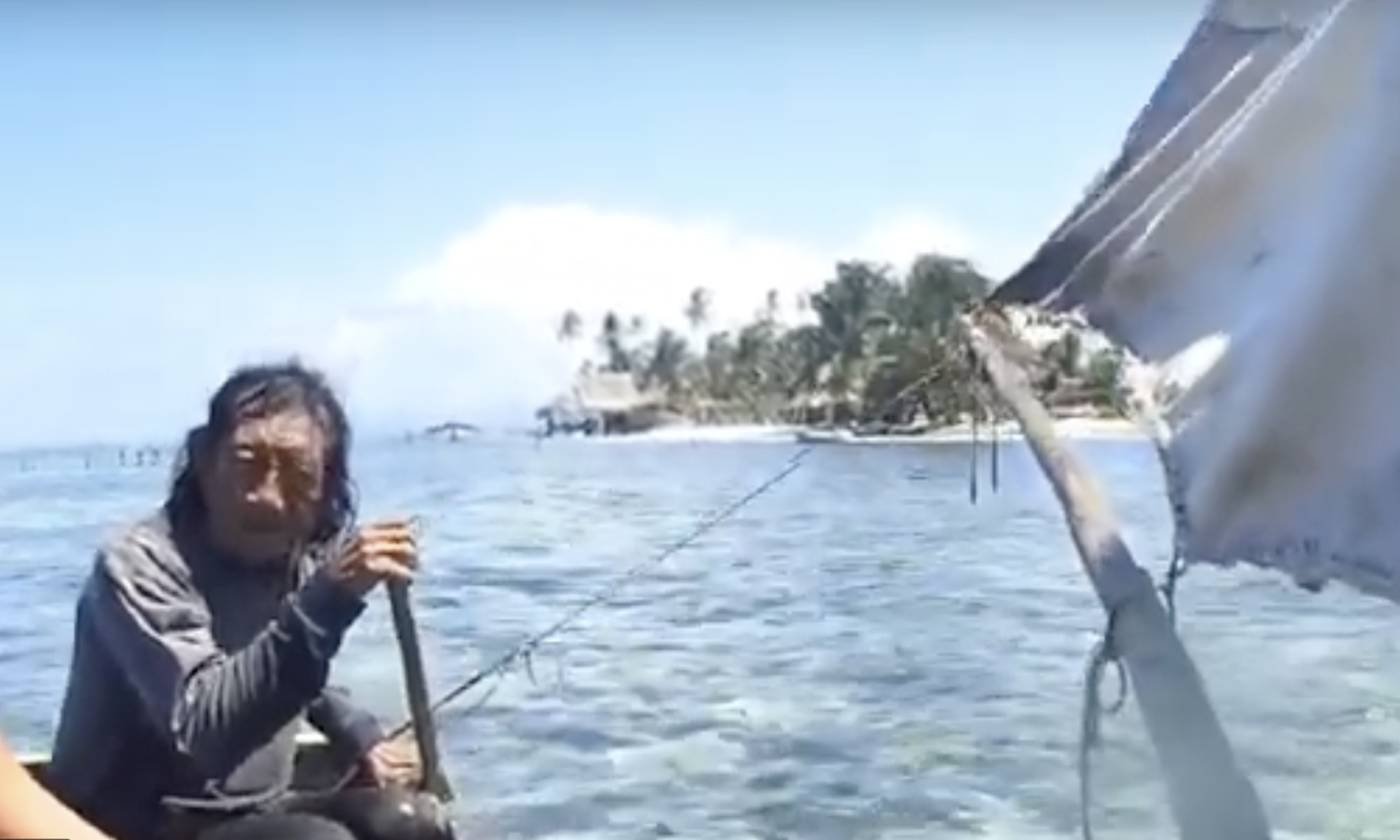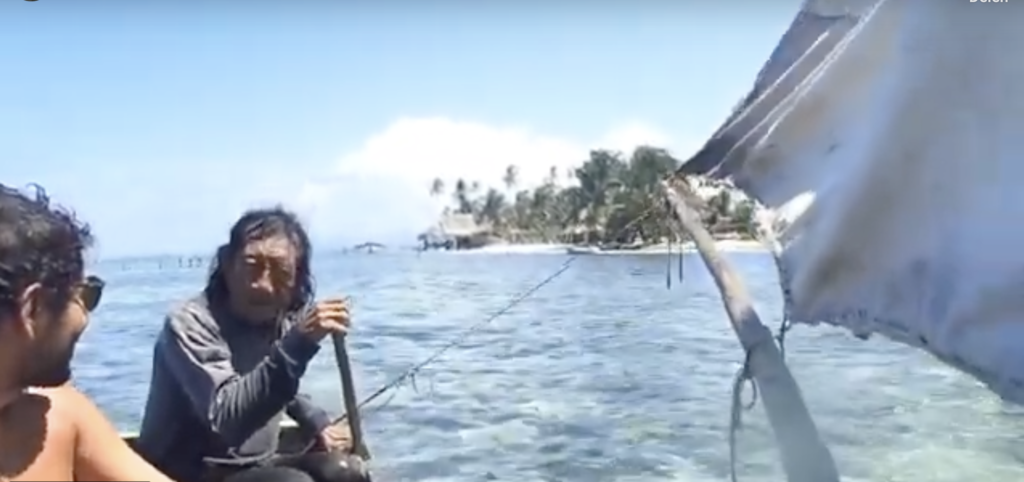2023 is a special year for the fossil free energy. The International Energy Agency has calculated that Europe’s use of energy from sun and wind, saved nearly 100 billion Euros on our energy bills (source).
For the Netherlands it is 2.5 billion each year. Three years after each other. This is not a single year, this is continuous. Without any subsidies or any other extra profits. The new reality is that renewable energy has become cheaper.
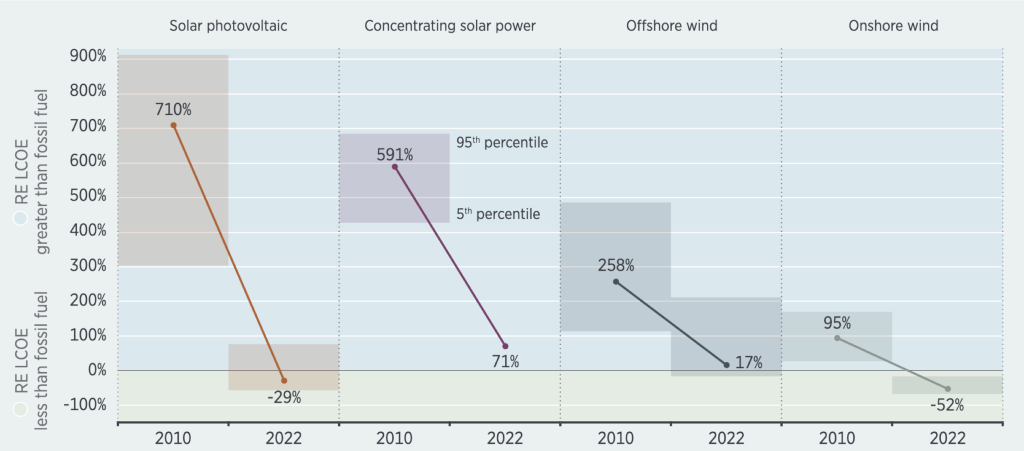
Now, if we consume from sun and wind only, it is 16 cent cheaper than our consumption from fossil and other unsustainable fuels (like nucleair energy) (before taxes). So the renewables have beaten the fossil energy sources by competition. From now, we only need the non-renewable energy sources when there is no wind or sun.
The beauty of it is, that everybody takes a profit of it. OK, the private people with fixed contracts take the least and the bigger users with variable contracts, especially the companies, take the biggest profit. But in general the economical outcome is clear, sustainable energy is a joy in everyone’s wallet.
Or?
The big bucks
Sorry, not for everyone. Especially not in the Netherlands. In 2015, the Netherlands signed the Paris Treaty to cut on fossil fuels and convert to renewables. One year later a Member of Parliament asked the Dutch government if the fossil fuel companies like Shell, Exxon-Mobile, Q8 and others, still get subisidies and tax exemptions.
No answer came. After one year of pushing and pulling, the State came up with the number of 4.5 billion. But later, an investigation showed a number double as high: more than 30 billion of tax payers money would go to the big fossil companies. The government didnot give an answer or any accountability.
The differences got worse. In 2023 it became clear that the oil companies made a great year. For example, Shell realized a profit of 34 billion Euros. Still the flow of tax exemptions and subsidies continued. This also happens in many other European states.
Now, nearly nine years after the Paris treaty The Ministry of Economic and Climate Affairs published an appraisal of 39 to 46 billion of subsidies and tax exemptions flowing annually to fossil fuel companies. About 70% of the Dutchmen want to stop this money drain. The discussion is polarizing. The protest group Extinction Rebellion demands clear answer from the State: Why is all this money flowing to fossils, despite the Paris treaty? They organized a series of highway blockades on the road going into the Hague (between the Ministery of Economic and Climate Affairs and the Parliament building). Every time they are supported by a growing number of people.
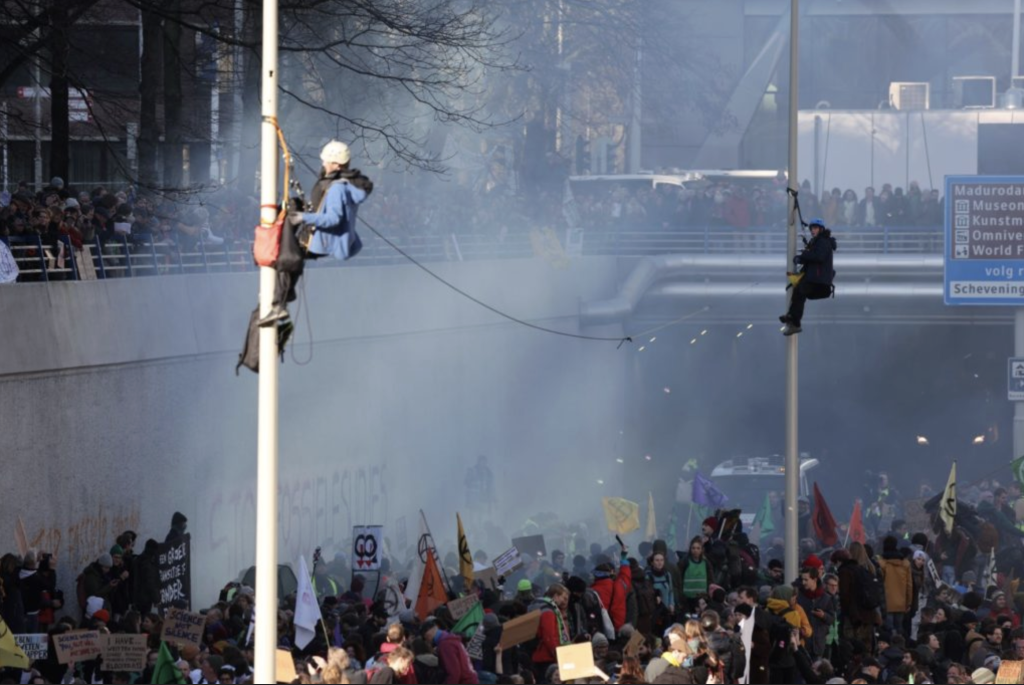
2.500 Euro for every Dutchman each year
So can we not economize this and make it sustainable as well? Yes! Here is the example if you do that in Holland, with its 18 million inhabitants.

If we give solar and wind energy equal opportunity to fossil energy, 42,5 billion is saved. Plus 2.5 billion we gain already. This equates to 45 billion for 18 million Dutchmen. Or alternatively 2.500 Euro per inhabitant each year.

